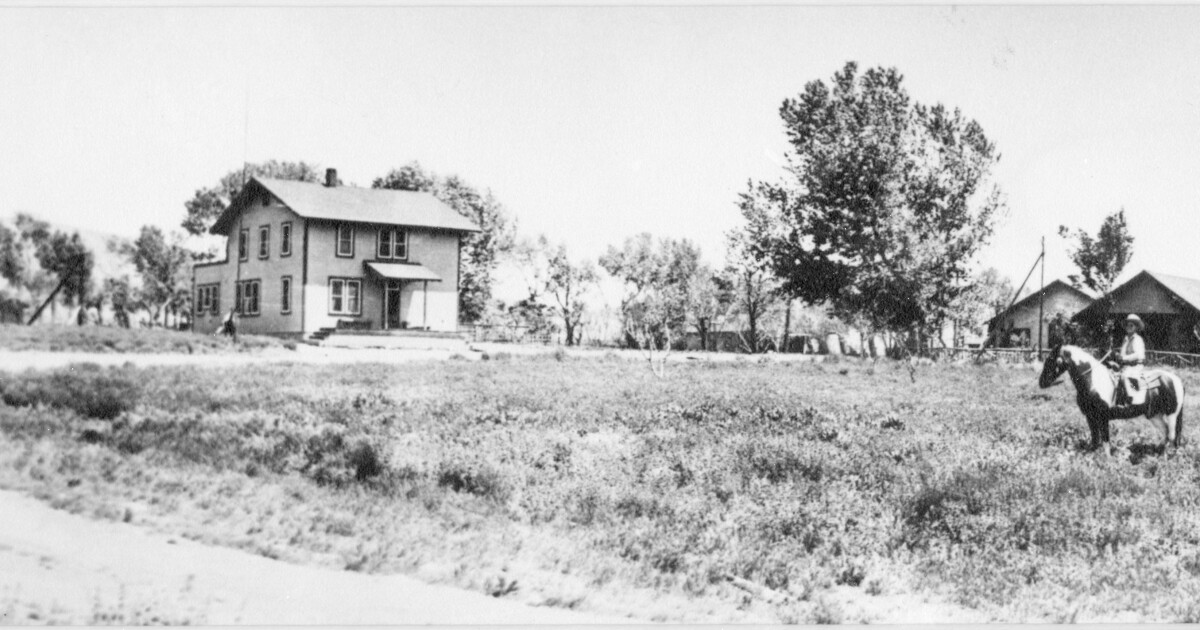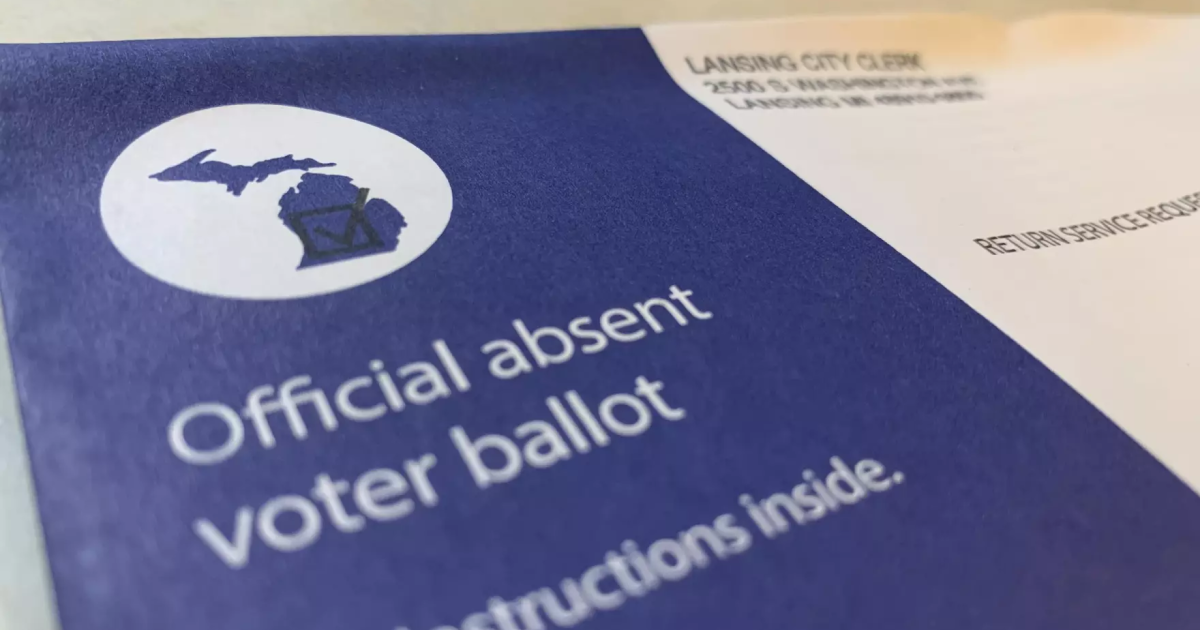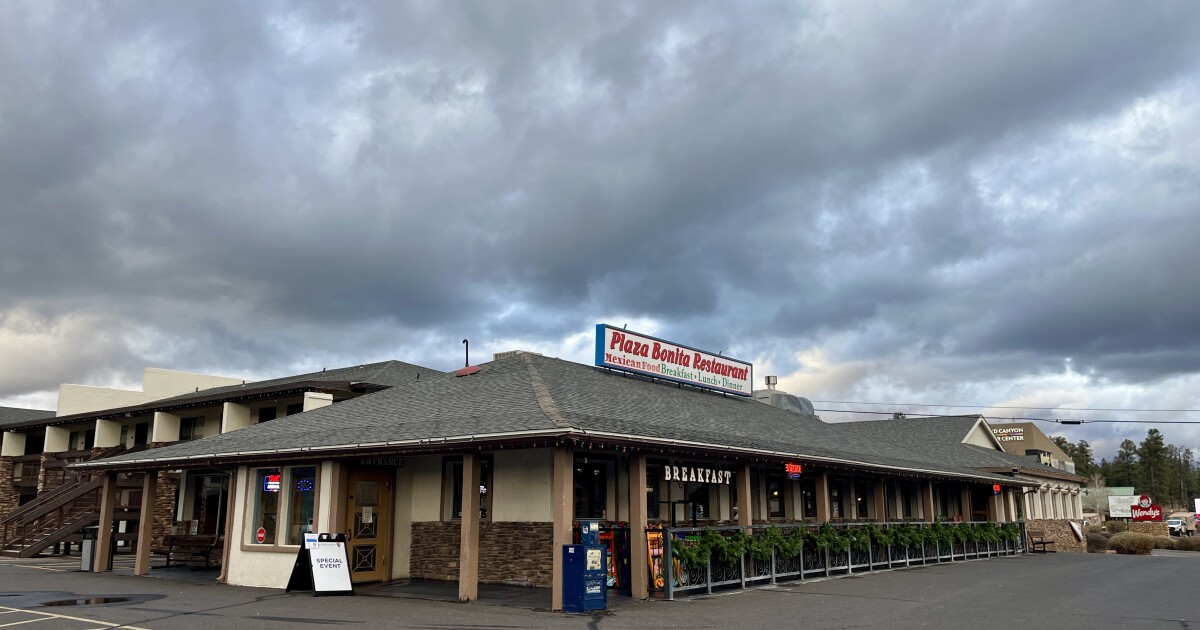Unseasonably high temperatures have gripped Michigan this October, setting new records across several cities. The National Weather Service has documented these unprecedented highs, with the heat wave expected to subside by Tuesday as a cold front moves in.
On October 5, Gaylord’s temperature soared to 85°F, surpassing the previous record of 82°F from 2005. Similarly, Sault Ste. Marie matched its record high of 82°F, also set in 2005. Meanwhile, Alpena experienced temperatures of 87°F, breaking its prior record of 86°F from 1922.
Traverse City and Houghton Lake both saw new highs, reaching 89°F and 87°F, respectively. These cities broke records that had stood since 1922. Lansing and Flint weren’t spared from the heat, with Lansing hitting 89°F, surpassing a record from the early 1900s, and Flint reaching 89°F, breaking a 1951 record. In the tri-cities of Midland, Bay City, and Saginaw, temperatures tied a 1967 record at 87°F.
Meteorologist Faith Frederickson from the National Weather Service highlighted the presence of a “high pressure bubble,” which she explained was bolstered by storm activity in the West and “tropical disturbances” in the Atlantic. This atmospheric condition has trapped warm air over the region, leading to these unusual temperatures.
Frederickson forecasts a return to average temperatures, ranging from the upper 50s to lower 60s, later in the week. She mentioned, “We’re actually watching for some potential frost up this way maybe Wednesday night, so it’s definitely going to be a big swing from what we experienced last weekend.”
Carina Gronlund, an environmental epidemiologist at the University of Michigan, advised those susceptible to heat to avoid midday exercise. People with pre-existing cardiovascular, respiratory, or kidney conditions should ensure they remain cool and hydrated. According to Gronlund, these temperature spikes are part of a broader trend.
Gronlund elaborated, “If you plot that, you can draw a line, and you see this increase over time, and we see that even historically in Michigan.”
—
Read More Michigan News









